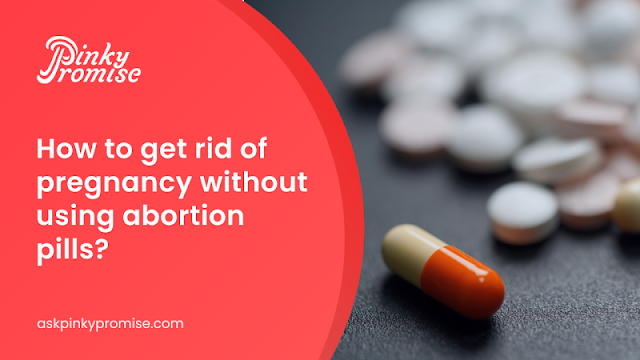How much bleeding is normal after an abortion
Dealing with the aftermath of an abortion can be a physically and
emotionally challenging experience for many women. One common
concern that arises is the amount of bleeding that can be expected. In this
guide, we’ll explore what is considered normal in terms of post-abortion
bleeding.
What to Expect: The Immediate Aftermath
After an abortion, it’s entirely normal to experience some bleeding and cramping. This is the body’s natural response to the changes that have occurred. In the first few hours, you may notice bleeding that is similar to a heavy period. This is generally a mix of blood, tissue, and other fluids from the uterus.
The First Few Days: Heavy Flow
In the initial days following an abortion, the bleeding can be quite heavy. It’s not uncommon for women to use sanitary pads instead of tampons during this time. Tampons may increase the risk of infection, so it’s advisable to stick to pads until the bleeding begins to taper off.
When to Be Concerned: Signs of Excessive Bleeding
While some bleeding is normal after an abortion, it’s crucial to be aware of signs that may indicate excessive bleeding. If you find yourself changing pads every hour or passing large blood clots consistently, it’s time to seek medical attention. Persistent heavy bleeding could be a sign of complications and should not be ignored.
Duration of Bleeding: What’s Normal?
The duration of bleeding after an abortion varies from woman to woman. Generally, the heaviest bleeding occurs in the first few days and gradually decreases over the following weeks. Light spotting may persist for up to a few weeks, but if you experience heavy bleeding for an extended period, consult your healthcare provider.
Managing Discomfort: Tips for a Smoother Recovery
Rest and Hydration: Adequate rest is crucial for a swift recovery. Ensure you stay hydrated to help your body replenish fluids lost during the bleeding.
Pain Management: Over-the-counter pain relievers, as recommended by your healthcare provider, can help manage cramps and discomfort. Avoid aspirin, as it can increase bleeding.
Follow-Up Appointment: Attend your follow-up appointment with your healthcare provider as scheduled. This is an opportunity to discuss any concerns and ensure that your recovery is progressing as expected.
When to Seek Help: Signs of Complications
While some bleeding is normal after an abortion, certain signs may indicate complications. If you experience severe pain, foul-smelling discharge, or persistent heavy bleeding, seek medical attention promptly. Your healthcare provider is there to support you through your recovery and address any concerns you may have.
Conclusion: Bleeding is Normal After an Abortion
In conclusion, experiencing bleeding after an abortion is entirely normal. Understanding what to expect, monitoring the flow, and being vigilant for signs of excessive bleeding are essential aspects of post-abortion care. Remember, every woman’s body is unique, so what may be normal for one person may differ for another. If in doubt, always consult with your healthcare provider for personalized guidance on your recovery journey.




Comments
Post a Comment